Islamic Sacred Architecture: A Stylistic History
Synopsis
Islamic sacred architecture has four major traditions, the Arab, the Iranian, the Turkish and the Indian. Historians of these traditions have for several decades been studying them with some thoroughness, so that it is now possible to survey them all panoramically as a single cultural phenomenon within the ambit of Islamic civilization. However, the first three traditions appear to be separated from the last by what may be called the Hindu Kush barrier. And such a panoramic survey has frequently been undertaken, but by scholars who seem to be more comfortable with the Arab-Iranian-Turkish Complex than with the Indian; the Indo-Muslim monuments appear to baffle them: it is as if the Hindu Kush barrier had stood in their way. What baffles them is the singular character of the Indo-Muslim structures, the singularity being due to the impact, on Muhammadan buildings, of the forms, aesthetics and symbolism of the stupa and temporal traditions, which are unfamiliar to most students of Muslim architecture. Conversely, historians specializing in Indo-Islamic architecture, and occupied with classifying and interpreting its overwhelming array of edifices, have frequently lacked the opportunities "to familiarize themselves with the traditions to the west of the Hindu Kush. Islamic Sacred Architecture is the work of one who was professionally trained in the history of Indian art (Hindu, Buddhist and Jain) and who has also had the good fortune to travel over much of the Muhammadan world on both sides of the Hindu Kush, and thus has got to know most of the major monuments of the world at first hand. He has also traveled as an architectural pilgrim in Europe and in parts of Latin America. This wide exposure to the monuments of Eurafroasia and America has enabled him, he believes, to overcome the Hindu Kush barrier, and thus to see the sacred architecture of Islam steadily and to see it whole. In addition, his familiarity with Indian and European architecture, particularly the Baroque, has allowed him to appreciate, on the one hand, the interaction of the styles of Islam and Europe, and, on the other, of those of Islam and the Indian subcontinent.
Read more
122.40
110.16
$
136.00 $
Free delivery Wolrdwidе in 10-18 days
Ships in 1-2 days from New Delhi
Membership for 1 Year $35.00
Get it now and save 10%
Get it now and save 10%
BECOME A MEMBER


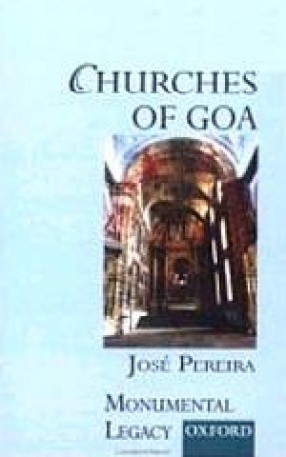
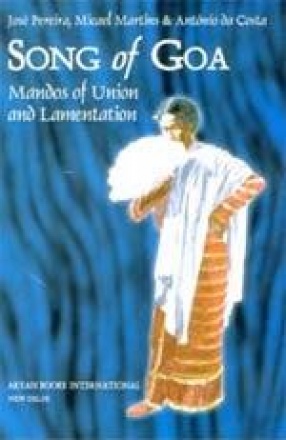
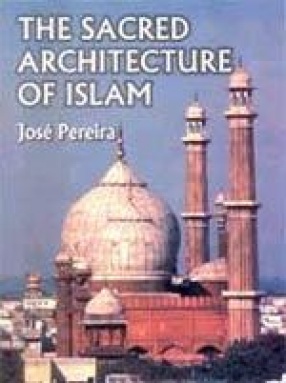
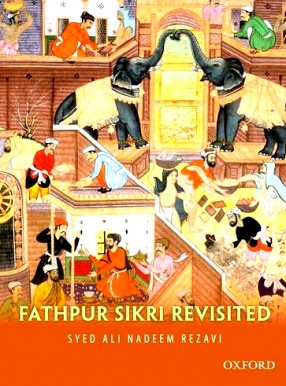
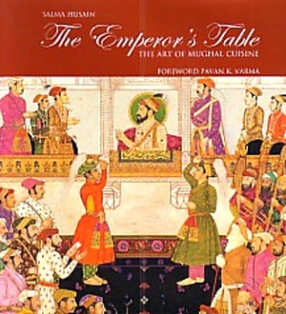
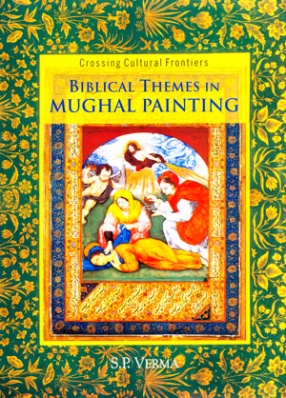
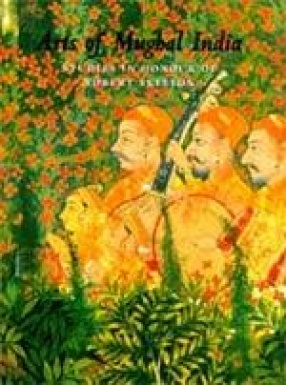

Bibliographic information